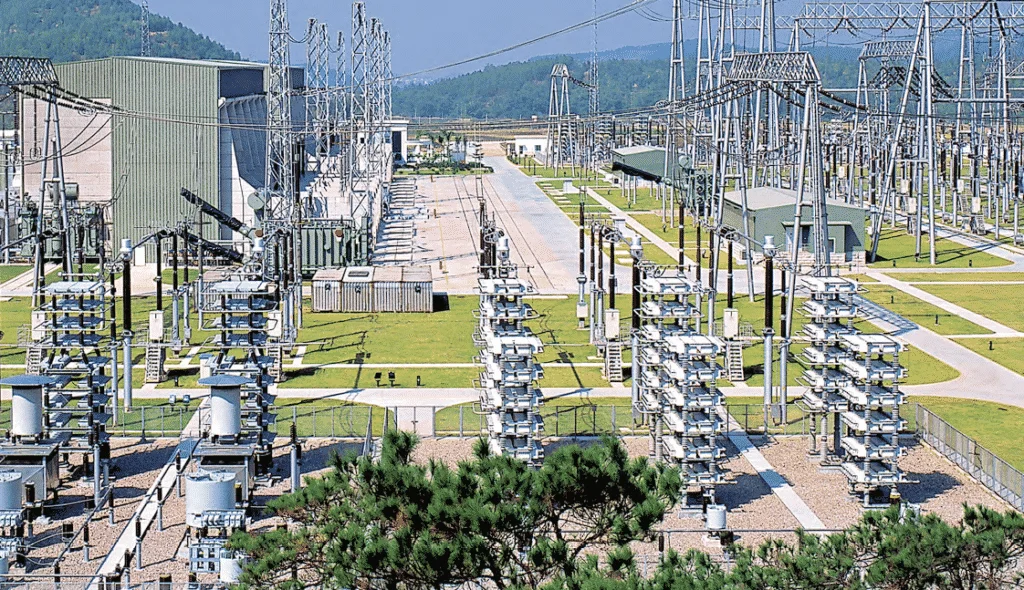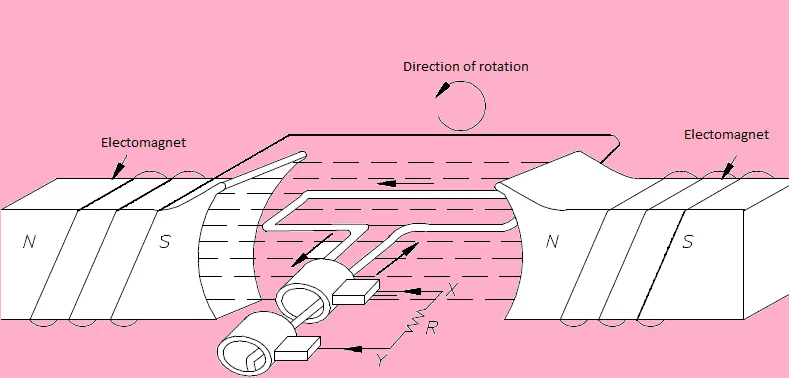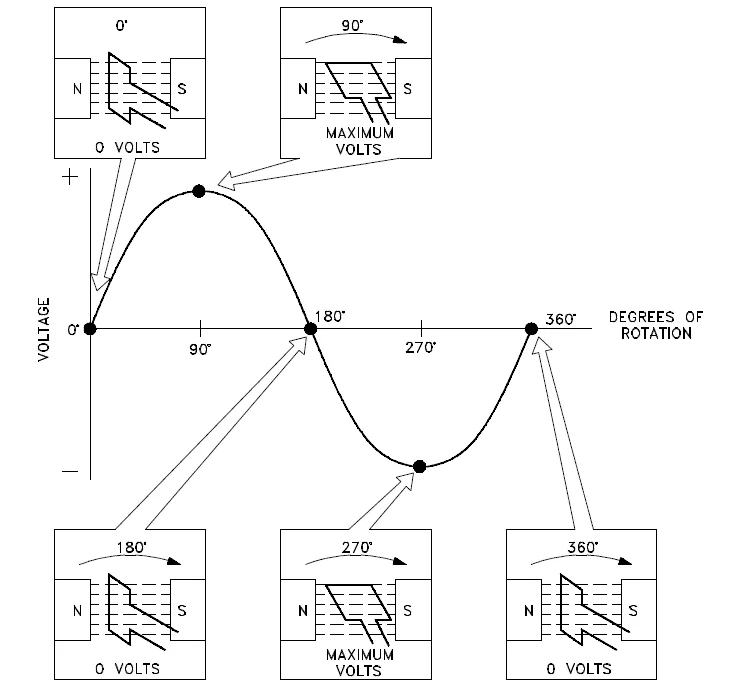Electrical Power is the basis of modern life. It forms the basis for industrial and infrastructure developments and makes our life more comfortable. This article will help you understand the basics of Alternating current.
Today, most of the power we use is generated and transmitted as alternating current. Discovery of alternating current has made power transmission and distribution more efficient and easily available to everyone at a lesser cost. Today the world is driven by alternating current. The properties of alternating current are more complex than that of the direct current.
- Introduction to Alternating Current
- Definition of Alternating current
- AC power generation
- Basics of Alternating current
- Frequency
- Real Power
- Reactive power
- Power factor
- Impedance
- Reactance
- Advantages of AC
Introduction to Alternating current
AC stands for alternating current. The direction of flow of alternating current reverses periodically. The voltage of AC power is sinusoidal in nature. It oscillates between the positive maximum to negative maximum very rapidly. At every instant, the ac voltage is positive or negative or even zero. The frequency of AC power in the US is 60Hz and that in Europe is 50Hz, meaning the AC power oscillates between the positive maximum and negative maximum 60 times a second in the US and 50 times in Europe.

Definition of Alternating Current
Alternating current can be defined as the type of current that reverses its direction of flow periodically.
AC power generation
Consider a simple loop of wire placed in a constant electromagnetic field as shown figure below.

When the coil is rotated on its axis, it cuts the magnetic field the constant magnetic field. At this instant, let us consider that the coil is vertical to magnetic lines of force. Hence the voltage induced in the coil is zero.
When it is rotated in the clockwise direction (towards the direction of the magnetic field), to 90 deg., due to the relative motion between the magnetic field and the coil voltage induced in it gradually rises to the positive maximum (according to Faraday’s law of electromagnetic induction).
When the coil is again rotated in the anticlockwise direction to 180deg, the voltage gradually falls back to zero. And when the coil is rotated anticlockwise to 270 deg. and to 360 deg an equal voltage is induced in the coil, but the polarity of the induced voltage is revised. The voltage induced is sinusoidal in nature and the waveform of induced voltage is shown below.

In an actual generator, the current varies in the same way as the generator and as the polarity of the voltage reverses, the direction of current flow also reverses. A practical generator runs continuously, and the time taken by the generator to complete one rotation is the same as the period of one cycle of sinusoidal voltage generated.
Basics of Alternating current
An electric load can be resistive, inductive or capacitive. When an AC voltage is applied to a resistive load, the voltage and current follows the same sinusoidal waveform but at different amplitudes. But this is not the case when the same AC voltage is applied to inductive or capacitive loads. When applied to a purely inductive load, the current lags the voltage by 90 degrees and when applied to a purely capacitive load, the current leads the voltage by 90 deg. The following are the few fundamental terms and their definitions.
Frequency
Alternating current is sinusoidal in nature. Frequency refers to the number of cycles per second. It is measured in Hertz.
Real Power
Real power is the power consumed by truly consumed an electric load during energy conversion. It is also known as Actual power and true power. The unit of actual power is watt or W.
Reactive power
Reactive power is an imaginary power. It comes to picture only when the load is capacitive or inductive in nature. It is measured in VAR.
Power factor
Power factor can be defined as the cosine of the phase difference between the voltage and current. It does not have a unit. It is a decimal number between o and 1. Read More
Impedance
Impedance is the total opposition offered by a circuit to the flow of alternating current. It is a combination of resistance and reactance. It has a real part denoting the resistance and the imaginary part denotes the reactance offered by the circuit to the current flow.
Advantages of AC power
- Discovery of alternating current has made voltage variation possible. AC voltages can be stepped up/ down upon requirement.
- Long-distance high voltage power transmission is possible at a lesser cost.
- AC Voltage is easier to generate.